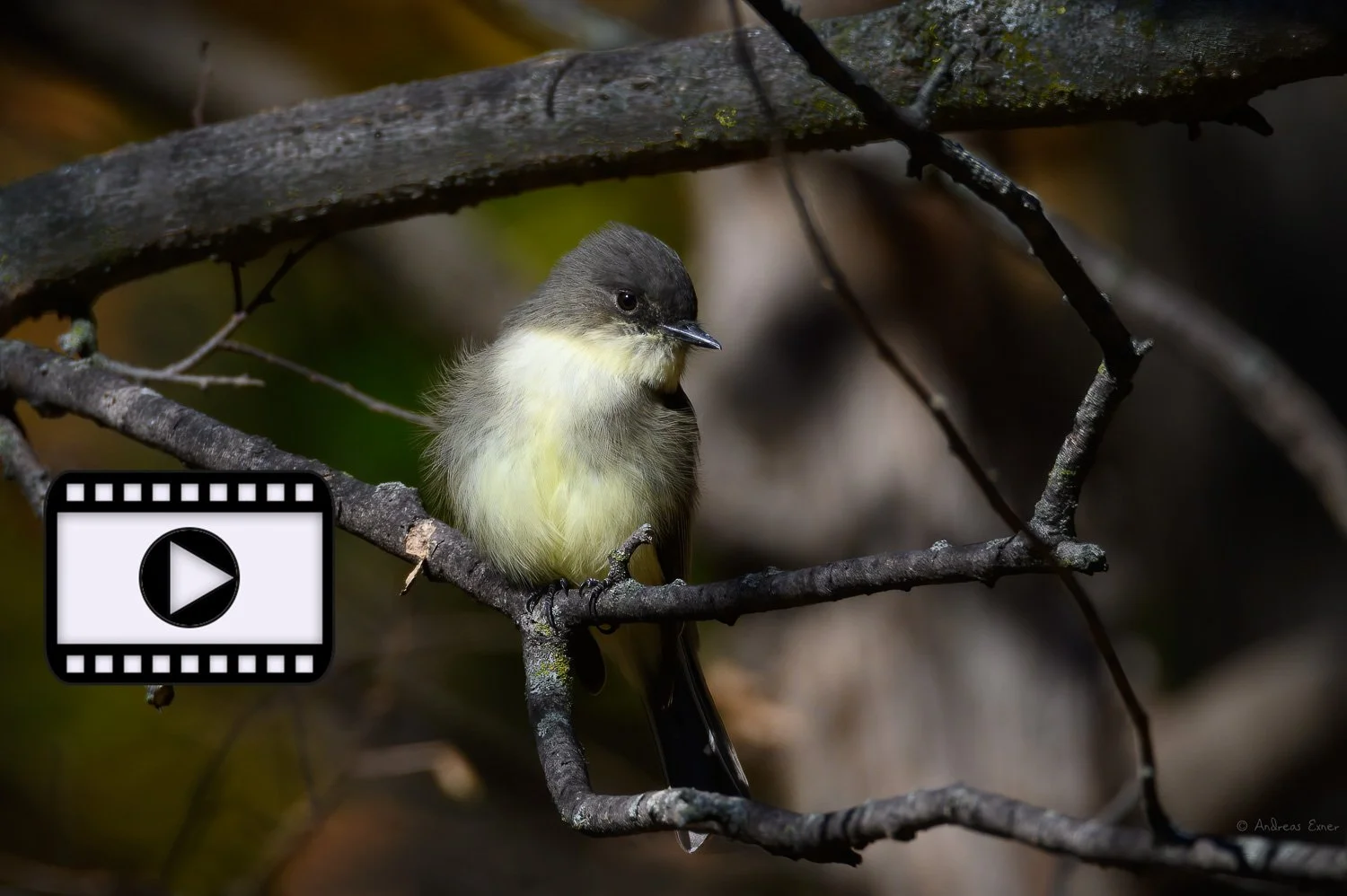Male yellow-shafted Northern Flicker
Sometimes I’m a little sad if our summer birds wave good bye and head south to their winter range in late summer or during fall. At the other hand it is delightful to see other species arriving from their breeding grounds further north, passing just through, or staying here during winter time. This morning I counted three Northern Flickers, two males and one female, that came to one of our bird baths for a drink and searched for food on the ground or on a tree trunk.
It is a bird that breeds in Iowa but here in our woods, on the bluffs above the Little Maquoketa Valley, we see them usually only during winter time. With other words, these flickers probably migrated south from Minnesota or even Canada.
To fill the frame with this beautiful woodpecker I used the 1.4x Sigma teleconverter to extend the focal length up to 850 mm. This leads to a maximum aperture of f/9 and with a slight overcast this morning required ISO settings between 1000 and 2500.
Nikon Z6II, Nikon FTZ adapter, Sigma 150-600mm / f5-6.3 DG OS HSM S, Sigma APO Teleconverter 1.4x EX DG, Induro GIT 404XL tripod, Induro GHB2 gimbal head, @ 850 mm, 1/200 s, f/9, ISO 1600


